Many thanks to David Pascoe, who’s put virtual pen to paper and come up with a definitive guide to Paul McCartney curiosities.
INTRODUCTION
“What I’m finding out about all that stuff, all my own contemporary B-sides and strange tracks, is that it takes time”
Paul McCartney’s solo career has been discussed at length within the TV Cream empire. Getting Paul McCartney Right is probably the definitive document on his solo work, but as the man said to Mark Lewisohn there are still gaps in how his work is perceived.
This is not an easy thing for Macca fans to deal with, mainly because they are often coming up against a widespread belief that McCartney’s solo work(and I include Wings in the definition of ‘solo’) is a load of toss. When faced with Mull of Kintyre or We All Stand Together, this is not hard to dispute [speak for yourself – IJ].
The sad thing for McCartney fans is that the sneers that accompany these exhibits of poor taste often don’t acknowledge what McCartney carried over from his 60s London experiences. This being the interesting stuff, the strange stuff and the tracks that don’t quite fit under the headings of ‘Raucous Rockers’ or ‘Gentle Ballads’.
You’ll find these tracks shoved to the back and sides behind the Silly Love Songs, Jets and Band on the Runs. In some cases these tracks deserve more attention; in others, well they’re interesting failures. Almost none of them are mentioned when ‘Paul McCartney’ comes up for discussion. Almost all of them are worthy of your attention.
CHAPTER 1
1972: McCartney as a threat to national security and public decency
Exhibit A: Give Ireland Back to the Irish
AKA: McCartney goes political.
Four years before this song was released, McCartney was so desperate to prevent The Beatles making an overt political statement via Lennon’s Revolution, that he had to write Hey Jude in order to persuade Lennon to accept B-side status for his call to arms at the flower shop (see you on the barricades, John.)
The implication behind this piece of musical horse-trading is that McCartney was too conventional to confront the burning issues of demonstration, riots and opportunistic politics that comprised 1968. Considering the condemnation that his LSD admissions had sparked a year earlier (“I mean I just tried to be honest, and it’s sometimes painful”) he couldn’t really be blamed for advising caution.
Four years later, however, and it was a different story. Doubtless cut from his script during the filming of Andrew Marr’s History of Britain, was the snippet that Bloody Sunday not only swelled support for the IRA and contributed to numerous bomb explosions and scares in Michael Palin’s diaries, but also heralded the first explicitly political song from Paul McCartney.
It wins points straight away for not featuring any Celtic instrumentation or winsome piano/acoustic guitar. Instead, we’re straight into an atmospheric heavy rocker with guitars squealing over McCartney’s calls for Ireland to be given its own choice in determining its future.
Lyrically, he hasn’t quite got the hang of this protest song lark at the beginning. “Great Britain/You are tremendous/and nobody knows like me” carries as much bite as a lyric written by John Le Mesurier. But once he finds his range, the song becomes more questioning of its listener. Not in a “Here’s who to blame” manner, a la Lennon’s fabulously funky Sunday, Bloody Sunday, but in a “What if it was us” way.
Nowhere is this more explicit than in the lines about “A man who looks like me.” Languishing in prison, McCartney puts a very simple but powerful case to us: “Should he lie down?/Do nothing/Should he give in?/Or go mad”. The pounding drums and keyboard chords under each question add to the sense of hard choices having to be made. Shockingly direct for Macca (it would be seen as inciting terrorism now) and all the more admirable given the rarity with which McCartney would tackle political subjects in years to come (and no, the pro vegetarian stance of Cook of the House doesn’t count.)
And then there’s that chorus: “Give Ireland back to the Irish/Don’t make them have to take it away/Give Ireland back to the Irish/Make Ireland Irish today.” Pisses all over Come Together for effectiveness as a sloganeering chant. You’ll be singing it yourself by the second chorus, though I doubt it sees much action on the stereo at Stormont.
Why should we be interested in it?
This is one of those rare McCartney songs that tells us how he genuinely feels. So many of his songs are either told from a character’s viewpoint or with a broad stroke, leaving the inner feelings of the man inaccessible. Bloody Sunday demanded a ‘real’ response from whoever wrote about it and McCartney delivers a considered but heartfelt judgement on a process that was going badly wrong.
Of course, it was years before any good was to come of all this. The Troubles rumbled on for another two decades, Give Ireland Back to the Irish was hit by an airplay ban, Wings guitarist, Henry McCullough’s brother was beaten up in Northern Ireland and McCartney responded to the airplay ban by making Mary Had a Little Lamb. They were dark days indeed.
FURTHER LISTENING
“And he dreams of God and country”
The opposition’s take on the matter




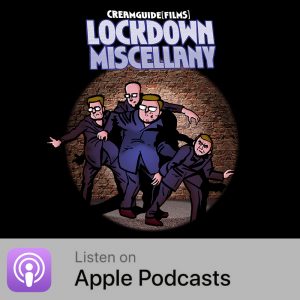
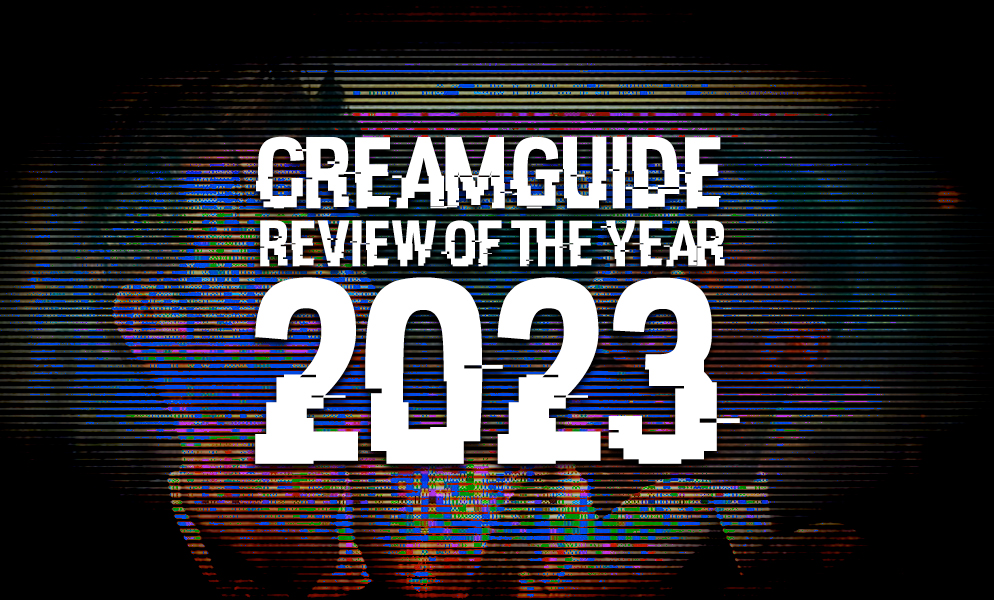
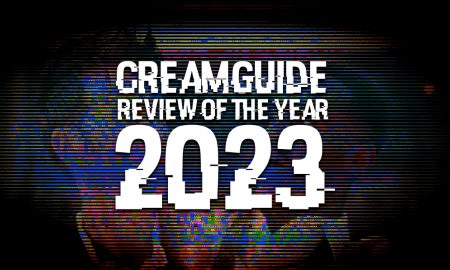
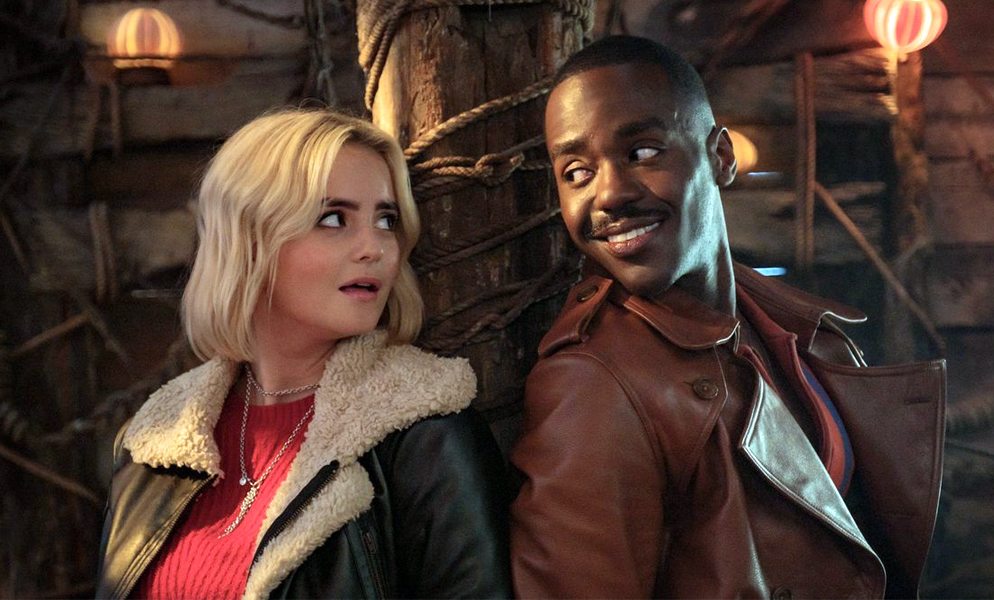
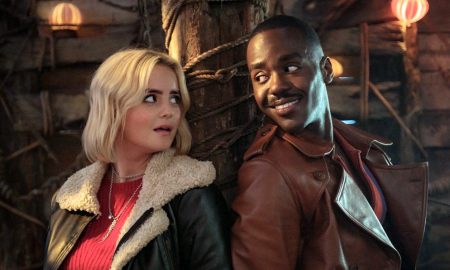
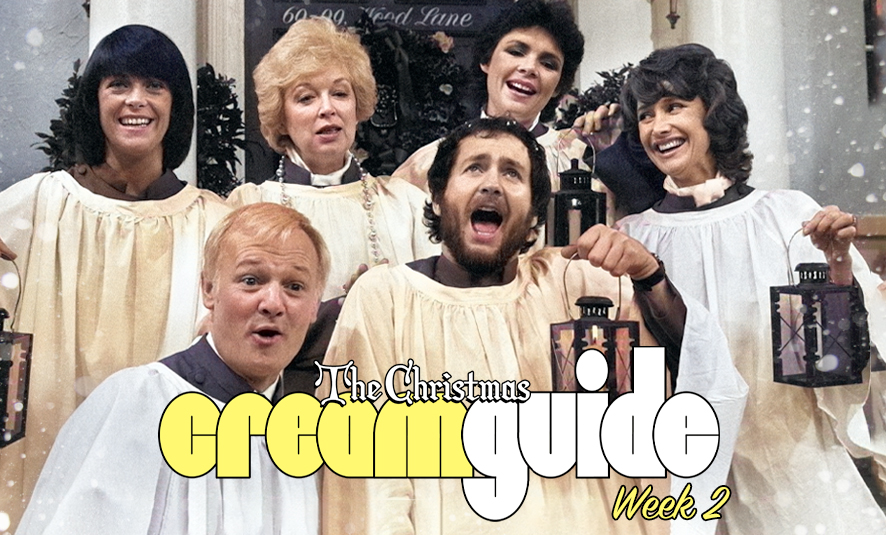
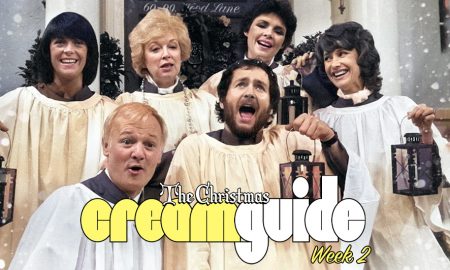
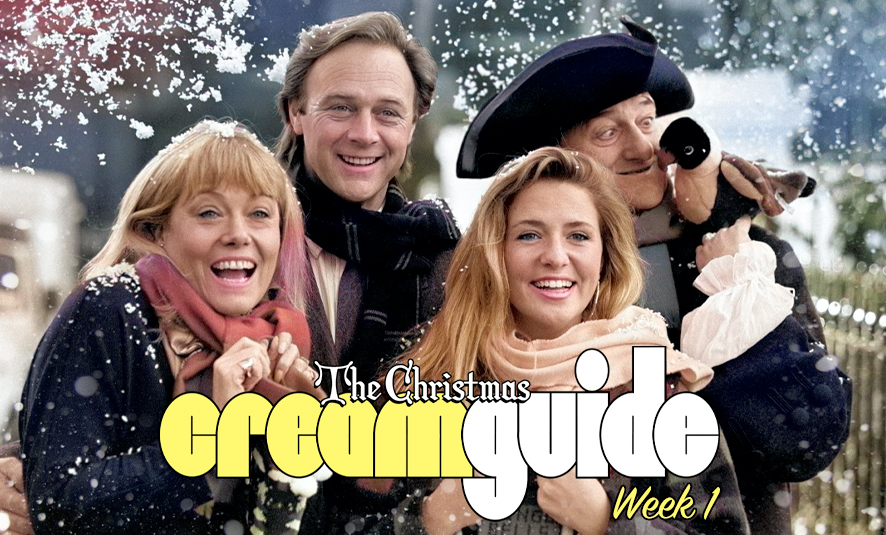

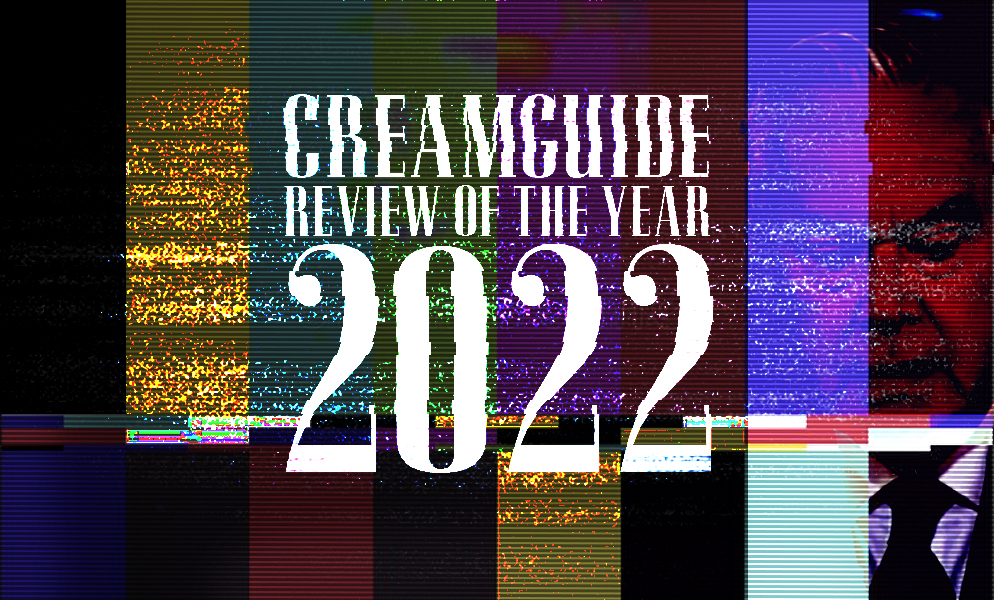
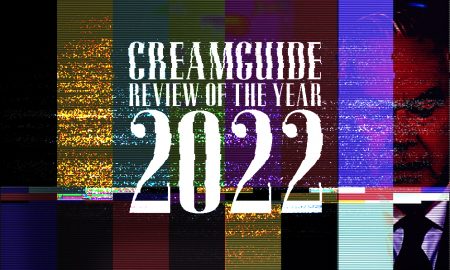

Drbendy
July 7, 2008 at 1:18 pm
Wow, i can’t wait for more of this. It gets a double thumbs up and a falsetto ad lib from me indeed.